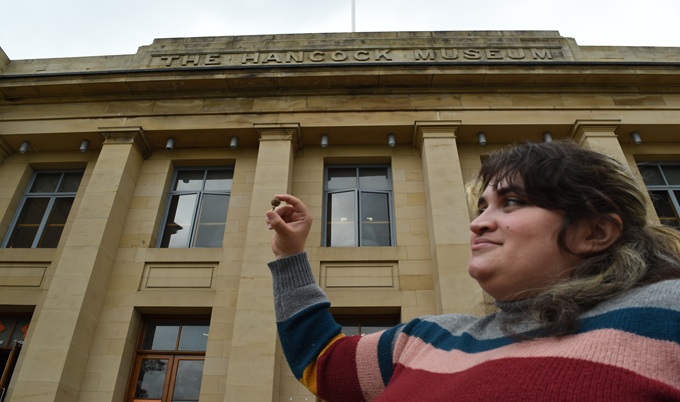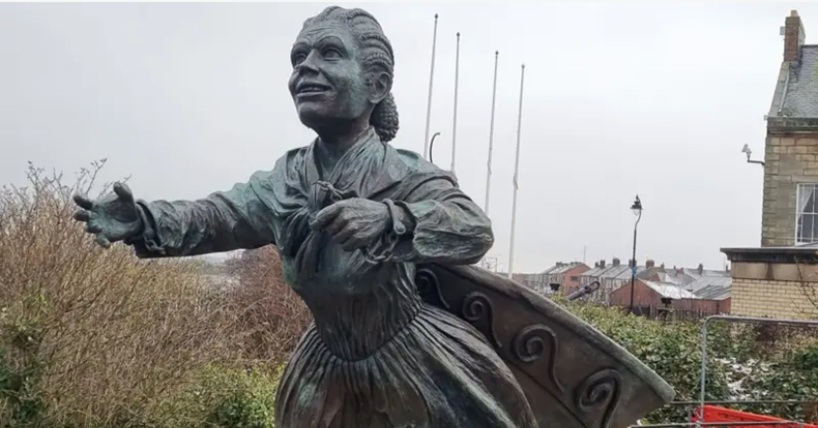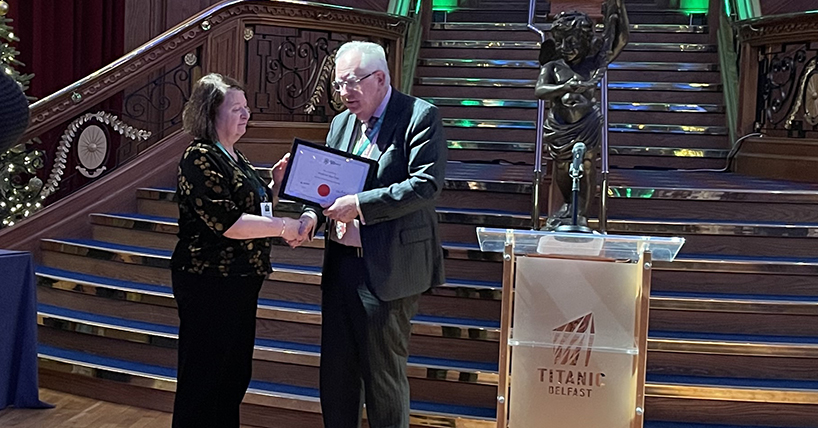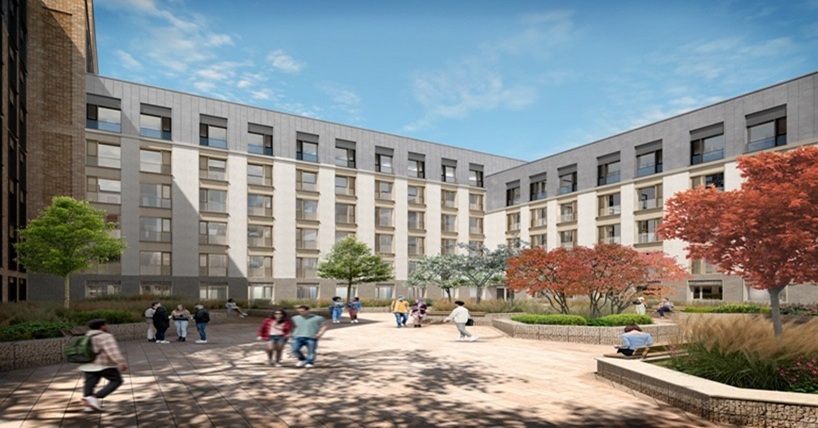Northumberland gold
Newcastle student strikes gold in first excavation
Published on: 11 August 2025
A Newcastle University international student has discovered a rare piece of 9th century gold in Northumberland during her first archaeological excavation.
The early medieval gold object was unearthed by archaeology student, Yara Souza, during a recent excavation in Redesdale, Northumberland. The excavation took place following the chance discovery in 2021 of a similar object by metal detectorist, Alan Gray at the same location.
Yara, from Orlando, in Florida, United States, was part of the team from Newcastle University, working alongside her fellow students on the Archaeology BA Honours degree course and professional archaeologists from North East Museums to further investigate the site.
The excavation took place in July 2025, and Yara – who last year had to withdraw from taking part in Newcastle University’s excavations at Birdoswald Roman fort with Historic England due to illness - made the discovery within the first 90 minutes of the fieldwork.
“I couldn’t believe I’d found something so quickly into my first ever excavation,” Yara said. “It was actually quite overwhelming. After I’d had to miss Birdoswald last year, it was amazing to discover something that hasn’t been seen for more than a thousand years, I was really geeking out over it!”

The location where the two objects were found is close to the route of Dere Street, a major Roman road which ran between York and Edinburgh, and which continued to be used long after the demise of the Roman empire – eventually becoming part of the modern-day A68.
The most recent find is approximately four centimetres long and has a decorative finial at one end. Gold was high status and only used by the elite, and as Dere Street connected two major religious centres at Jedburgh and Hexham, experts involved in the excavation think the two objects could have had a religious or ceremonial use.
Professor James Gerrard, Professor of Roman Archaeology at Newcastle University and Yara’s tutor, said: “This is an exciting find of exceptional quality and I’m delighted for Yara that she has made this discovery at the beginning of her career as an archaeologist.
“We know that Dere Street continued to be a major thoroughfare long after the Romans and it’s clear from this discovery that high status people were using it. It is possible that this pair of objects may have been deliberately buried.”
The two objects will be further analysed, and it is hoped will eventually be displayed in the Great North Museum: Hancock.
Andrew Agate, the Portable Antiquities Scheme’s Finds Liaison Officer for North East England, based at the Great North Museum: Hancock, said: "This project is a great example of how metal detectorists and archaeologists can come together to add to our understanding of the past in Northumberland. Being able to work closely with Newcastle University and the Great North Museum: Hancock meant we could train students in archaeological techniques while investigating the context of these important early medieval finds."
Archaeology degrees at Newcastle University offer many opportunities for fieldwork and are officially accredited by the Chartered Institute for Archaeologists and University Archaeology UK (UAUK), helping ensure that students graduate with the practical skills sought by employers. Keep up to date with the last courses in Clearing at Newcastle University here.




